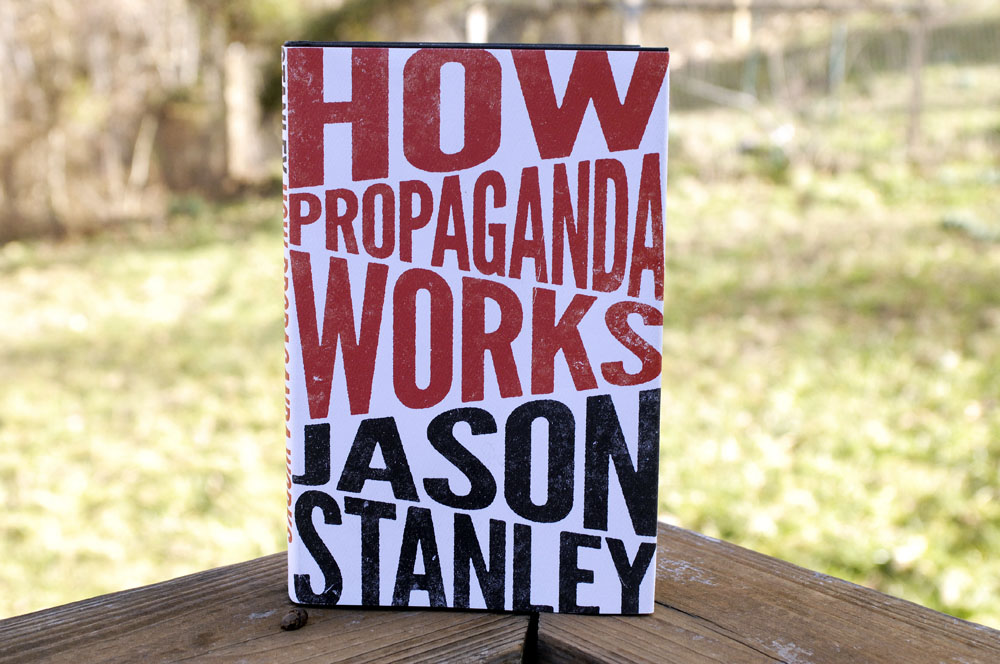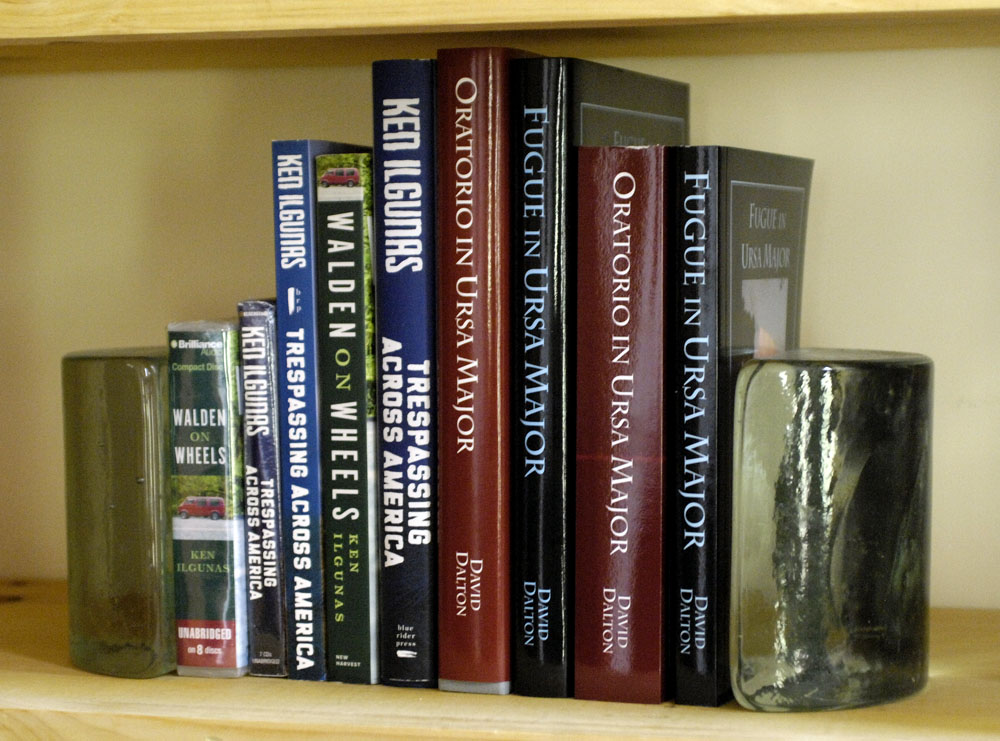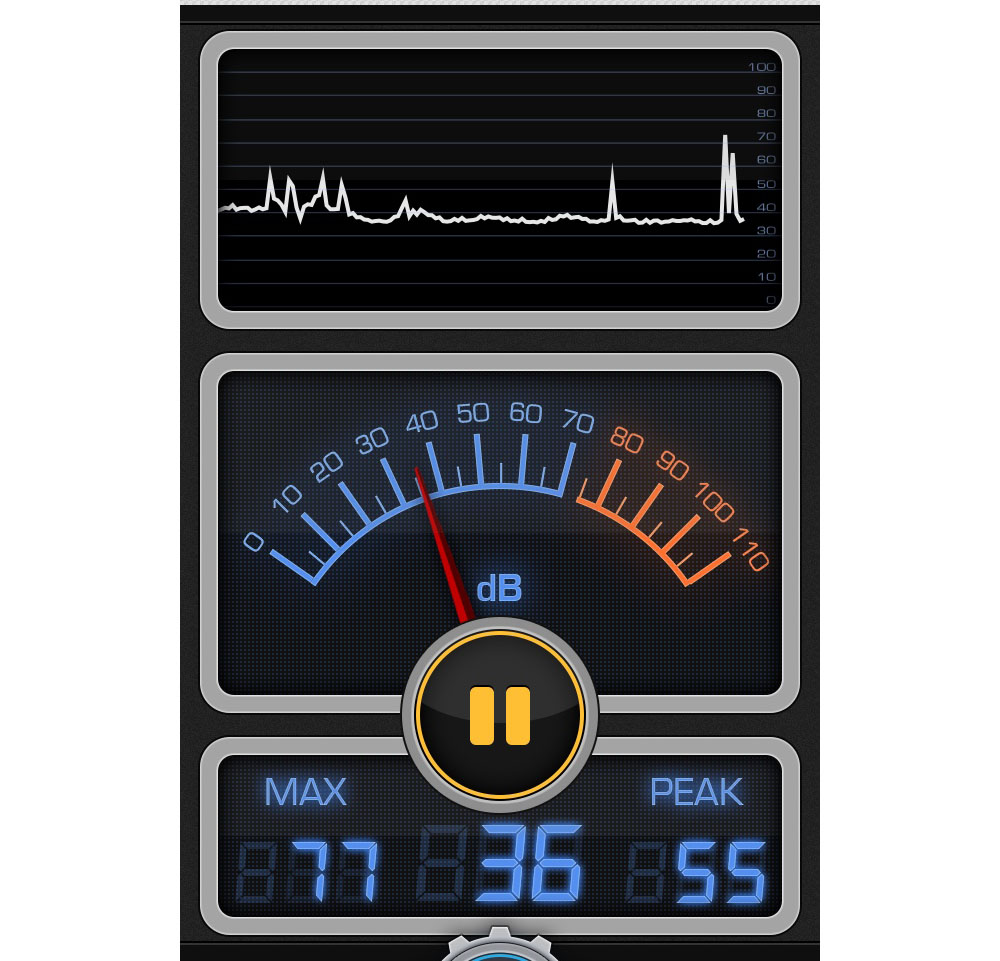How Propaganda Works, by Jason Stanley. Princeton University Press, 2015, 354 pages.
I was very excited about reading this book when I first ordered it from Amazon, but I was soon disappointed. After a dynamite introduction, the book becomes bogged down in low-level philosophical questions — linguistics and epistemology. Though the book makes a couple of very good and very strong points about propaganda, otherwise I think the book has very little to add to anyone’s understanding of propaganda, even if your interest in propaganda is low-level and philosophical.
The book’s strong points have to do with the factors that make a population susceptible to propaganda. Stanley returns again and again to the question of flawed ideology. Racism, for example, is a flawed ideology. Another example of flawed ideology is elite ideology that holds that elites somehow deserve their power and wealth, while the poor and weak deserve to be poor and weak. This ideology is closely related to the just world hypothesis, which I have written about previously. Stanley also argues, quite convincingly, that inequality is in most cases the basis of flawed ideology. It follows that inequality is at the root of the flawed ideologies that have become an existential threat to the American democracy today. The damage of inequality, then, goes far beyond its economic and political damage, and beyond inequality’s grave threats to justice. Inequality also makes a population more susceptible to lies and to manipulation by demagogues (such as Donald Trump).
What Americans greatly need right now is a practical guide to recognizing propaganda — reverse-compiling it to see what purpose the propaganda serves, methods of immunizing oneself against propaganda, and methods of helping others to see through propaganda. This is not that book. Abstract linguistics and epistemology are of no use to a population that is being saturated with propaganda, in particular a population with our media failure, our sorry levels of education, and the distortions caused by religion. Americans today are sitting ducks for propaganda. But they are getting no help — none! — with practical means of defending themselves against propaganda. This exasperates me.
There is a wicked confluence of danger here that is worth pointing out. The flawed ideology of elites (that they deserve their wealth and power) merges in American culture with the just world hypothesis, which most people believe in (consciously or not). And the just world hypothesis merges with the vilest of theologies that preachers are selling today (because what people want to hear sells well) — prosperity gospels and dominionism (God wants you to be rich and God gave you the earth so that you can exploit it). It is going to be devilishly difficult to knock sense into the American people, because the wealth of so many depends on delusion and exploitation.
I’d like to end with an aside about books from university presses. Probably 85 percent of the nonfiction books I read are from university presses. Most “popular” nonfiction just doesn’t do much for me. Our university presses are a huge and often overlooked resource for the reading public. As I see it (and I regularly harangue my academic friends on this point), academics ought to be having two kinds of conversations. Academics, of course, need to have conversations with other academics, in their own academic jargon, and they do. But academics also have another responsibility, and that’s to talk to the rest of us. University presses, then, have a twofold mission — to print books by academics for academics, and to print books by academics for the public. The Oxford University Press, certainly, understands this very well. How Propaganda Works, judging from the flap copy and by how the book was promoted, was intended as a book of the second type — by an academic for the public. But it fails as that type of book, which is a great pity.










